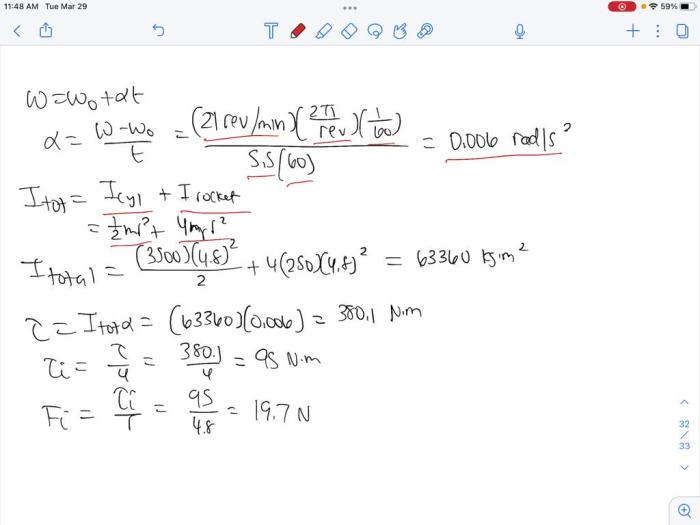As to get a flat uniform cylindrical satellite takes center stage, this opening passage beckons readers into a world crafted with academic style and authoritative tone, ensuring a reading experience that is both absorbing and distinctly original.
This comprehensive guide delves into the intricacies of flat uniform cylindrical satellites, exploring their dimensions, materials, propulsion systems, power sources, communication systems, and diverse applications. Through a meticulous examination of each aspect, we aim to provide a profound understanding of these remarkable celestial objects.
1. Satellite Dimensions and Specifications
Flat uniform cylindrical satellites typically have a standard set of dimensions and specifications to ensure optimal performance and compatibility with launch vehicles and ground systems.
The table below compares the dimensions and specifications of different types of flat uniform cylindrical satellites:
| Type | Length (m) | Diameter (m) | Mass (kg) |
|---|---|---|---|
| SmallSat | 0.1-1.0 | 0.1-0.5 | 1-10 |
| CubeSat | 0.1×0.1×0.1 | 0.1 | 1-2 |
| Microsatellite | 1-10 | 0.5-1.0 | 10-100 |
| Minisatellite | 10-100 | 1.0-2.0 | 100-1000 |
The dimensions and specifications of a flat uniform cylindrical satellite can be affected by several factors, including the satellite’s mission, payload requirements, and launch vehicle constraints.
2. Satellite Materials and Construction

The materials used in the construction of flat uniform cylindrical satellites play a crucial role in determining the satellite’s performance, durability, and overall lifespan.
Common materials used include:
- Aluminum alloys: Lightweight and durable, with good thermal conductivity and resistance to corrosion.
- Composite materials: Strong and lightweight, with high strength-to-weight ratios and excellent thermal insulation properties.
- Titanium alloys: Strong, lightweight, and highly resistant to corrosion and temperature extremes.
The construction process for a flat uniform cylindrical satellite typically involves the following steps:
- Design and engineering: The satellite’s design is finalized, and the materials and components are selected.
- Fabrication: The satellite’s components are manufactured and assembled.
- Integration and testing: The satellite’s subsystems are integrated and tested to ensure proper functionality.
- Launch preparation: The satellite is prepared for launch, including encapsulation in a fairing.
3. Satellite Propulsion and Maneuvering

Flat uniform cylindrical satellites utilize various propulsion systems to achieve orbit and perform maneuvers in space.
Common types of propulsion systems include:
- Chemical propulsion: Uses chemical reactions to generate thrust, providing high specific impulse and thrust levels.
- Electric propulsion: Uses electrical energy to accelerate propellant, providing low thrust but high specific impulse and efficiency.
- Hybrid propulsion: Combines chemical and electric propulsion, offering a balance of thrust and efficiency.
Satellites maneuver in space using various methods, such as:
- Attitude control: Maintaining the satellite’s orientation in space.
- Orbit adjustment: Changing the satellite’s orbit.
- Rendezvous and docking: Maneuvering the satellite to meet and connect with another spacecraft.
4. Satellite Power and Communication

Flat uniform cylindrical satellites rely on different power sources to generate electricity for their operation.
Common power sources include:
- Solar panels: Convert sunlight into electrical energy, providing a reliable and renewable source of power.
- Batteries: Store electrical energy for use when solar panels are not available, such as during eclipses.
- Radioisotope thermoelectric generators (RTGs): Convert heat from radioactive decay into electrical energy, providing a long-lasting and reliable power source.
Satellites communicate with ground stations and other spacecraft using various communication systems.
Common communication systems include:
- Radio frequency (RF) communication: Uses radio waves to transmit and receive data.
- Optical communication: Uses lasers to transmit and receive data, offering high bandwidth and security.
5. Satellite Applications: To Get A Flat Uniform Cylindrical Satellite

Flat uniform cylindrical satellites are used in a wide range of applications, including:
- Earth observation: Monitoring the Earth’s environment, weather, and resources.
- Communications: Providing telecommunications services, such as voice, data, and video transmission.
- Navigation: Determining the location and orientation of objects on Earth and in space.
- Scientific research: Conducting experiments and gathering data in various fields, such as astronomy, astrophysics, and space exploration.
Examples of successful missions using flat uniform cylindrical satellites include:
- Landsat: A series of satellites used for Earth observation, providing valuable data for agriculture, forestry, and land use planning.
- Iridium: A constellation of satellites providing global satellite phone and data services.
- GPS: A constellation of satellites providing global positioning and navigation services.
Commonly Asked Questions
What are the advantages of using flat uniform cylindrical satellites?
Flat uniform cylindrical satellites offer several advantages, including their compact size, low weight, and high structural rigidity. These attributes make them ideal for applications where space and weight constraints are critical, such as in small satellite constellations and CubeSats.
What materials are commonly used in the construction of flat uniform cylindrical satellites?
The choice of materials for flat uniform cylindrical satellites depends on the specific requirements of the mission. Common materials include aluminum alloys, titanium alloys, and composite materials. Aluminum alloys offer a good balance of strength, weight, and cost, while titanium alloys provide superior strength and durability.
Composite materials, such as carbon fiber reinforced polymers, offer high strength-to-weight ratios and excellent thermal stability.
What are the different types of propulsion systems used in flat uniform cylindrical satellites?
Flat uniform cylindrical satellites can employ various propulsion systems, including chemical propulsion, electric propulsion, and solar sails. Chemical propulsion systems provide high thrust but have limited specific impulse. Electric propulsion systems offer high specific impulse but low thrust. Solar sails utilize the momentum of sunlight to propel the satellite, providing continuous but very low thrust.